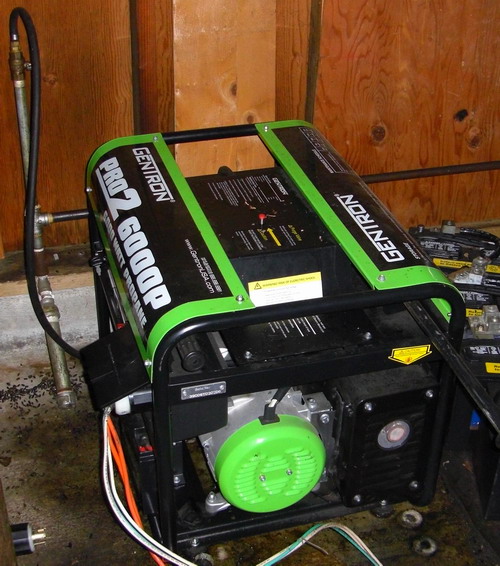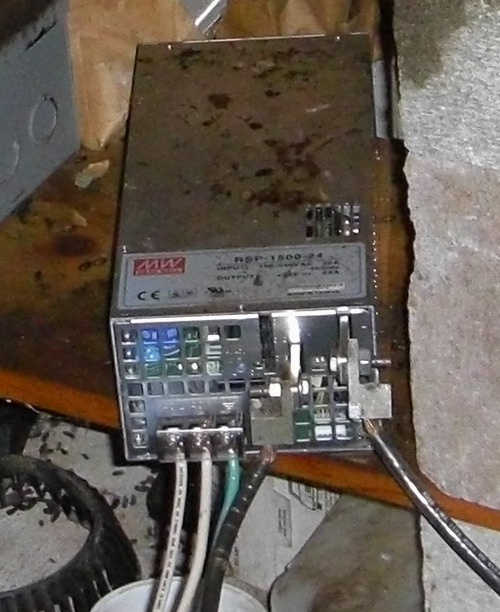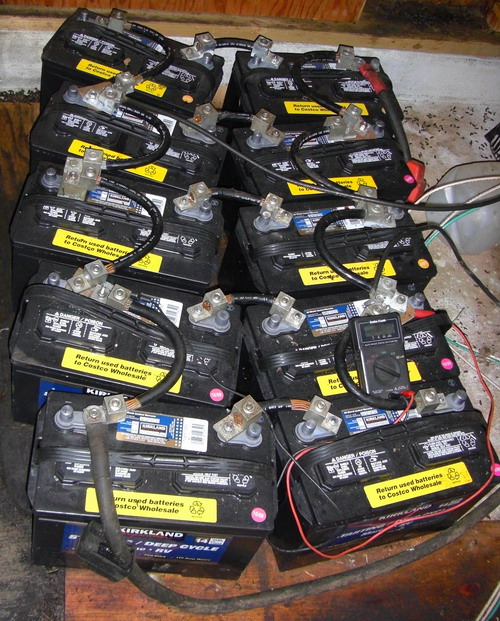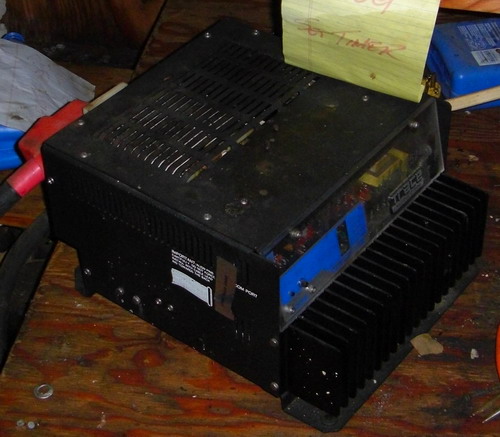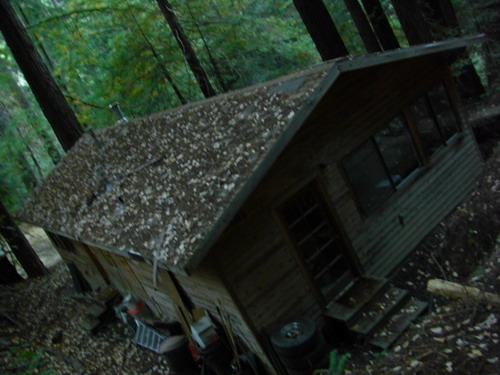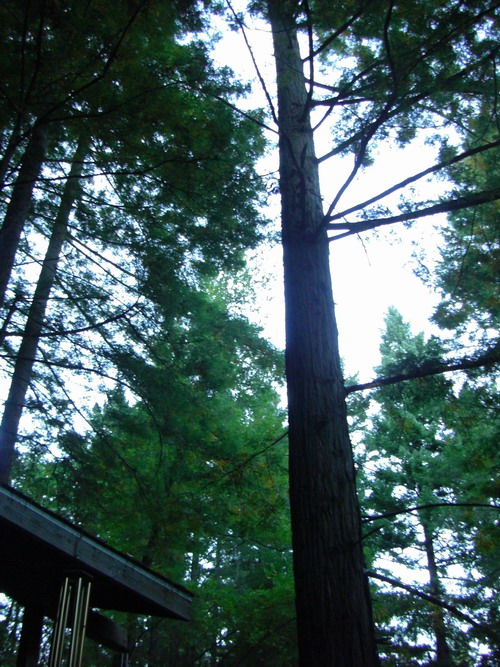Living Off The Grid
The other night I went to hang out with a friend’s dad who has lived off the grid for 20 years.
I first started hearing about this sort of thing in detail shortly before the Y2K debacle. Lots of tech guys who knew way too much got super convinced that the end of the world was nigh – airplanes would fall from the sky, public utilities collapse and society in general was about to grind to a halt indefinitely.
Of course, none of this actually happened, but it did provide a lot of opportunities to read about people’s ideas for living off the grid – ie utterly self-sufficiently, independent (as much as possible) from society at large.
This is the first chance I’ve ever had to meet anyone who’s successfully done it.
The house is in the Santa Cruz mountains in California, USA:
With any house, you need power (to turn into light, heat, cooling, web browsing & so on). Typical options are wind, solar hydro, gerbils in treadmills etc – but none of these would work here due to the massive redwoods (except maybe the gerbils).
The energy source for this house is the propane tank:
This runs a propane fridge (not pictured, since it just looks like, well, a fridge) & the generator.
Now, here’s where the real magic happens.
The generator is basically just an engine (like in a car) with an alternator (also like a car) that turns that rotational energy (ie, the wheels spinning around) into Alternating Current (AC).
So, the generator looks like this:
This spits out AC electricity. Now, AC is good for things you plug into the wall. In this part of the world, electric sockets are 120V AC, so you could, in theory, just run everything off the generator. Catch is, you wouldn’t want it running all the time. For a start, it’s noisy as hell. Secondly, you typically don’t draw constant current from the wall (eg, notice how your fridge switches on & off), which means wasted power.
So, the power needs to be stored somewhere – batteries. Batteries work in Direct Current (DC) not AC, so you need convert AC to DC. That’s what this box does:
The ACDC converter box then plugs into the batteries:
See how they look like normal car batteries? That’s not an accident. They’re actually marine batteries, which means they charge deeper & slower, but last longer. They’re basically exactly the same as car batteries though. Batteries last anywhere from 3-5 years before they stop holding their charge & need to be replaced. Since they need to be replaced relatively regularly, cheap & common is a better option that fancy, rare, expensive and possibly better performing.
The batteries take 4 or 5 hours to charge up. They’re then converted from DC (stored in the batteries) into AC, & fed back into the house by this (the DCAC converter):
All this stuff is in a shed out the back of the house – remember the noise from the generator? Yep, far away is good.
The house itself is a great little two bedroom cottage:
It was built by first towing a caravan up there (& living in that), then slowly extending it, piece by piece. Eventually the only bits of the caravan left were the kitchen & the bathroom. Looking at them now though, you’d never guess. Other than some old formica, they look exactly like regular rooms (otherwise I would have taken a photo).
There’s also a wood fire, which makes a huge difference in winter, of course. So here’s an interesting tidbit. It turns out that if you run a cast iron stove day & night for 20 years, you burn right through the cast iron. Who even knew that was possible? Incredible.
Water is fed in from a stream that runs through the top of the property (ie, via gravity feed). The drop from the top to the bottom of the property isn’t really enough to get any power off though – the property would need to drop about 100 ft for that. There’s also about 5 foot a year of rain, although there’s no real need to collect it.
Sewage is dealt with in a common way, it pipes out into what’s called a leach pit, which is basically a field made of a bunch of rocks of different sizes, where it then breaks down naturally & fertilizes the land.
In terms of being off the grid, the only connection the house has to the outside world is a telephone line. Here’s the catch: It took two years & him getting all 25 houses on his dirt road to ring the local telco 8-12 times each before it happened. The local installation guys said it was the biggest project they’d ever done.
And what’s it like to live there? It’s like this:


